Biodiversity
Basic approach
A wide variety of living things inhabit the earth, and these living things are intricately intertwined to form an ecosystem, which has the ability to absorb various external changes and restore the original state. It is said. The Idemitsu Group aims to achieve the objectives of the Convention on Biological Diversity, and recognizes that an important corporate mission is to preserve and restore an environment where diverse living things can continue to inhabit and pass on this ecosystem to the next generation. doing.
In addition, in the Idemitsu Group Sustainability Policy, the Idemitsu Group indicates the reduction of environmental risks through business activities and contributes to the preservation of the natural environment and the realization of a recycling-oriented society. In line with this, we are working to conserve biodiversity while building partnerships with local communities.
Policy
Biodiversity guideline
We continue our business activities while utilizing the natural environment (natural capital)
consisting of land, water, air, and ecosystems including a wide variety of species and genes.
The importance of passing on the natural environment (natural capital), which is the foundation
of social activities, to future generations in an appropriate manner is a value that we have cherished
until now. Idemitsu Group Sustainability Policy clearly states that we will contribute to the
preservation of the natural environment and the realization of a circular society by reducing
environmental risks from our business activities.
This guideline is established as a supplement to the Idemitsu Group Sustainability Policy and as
a guideline for further conservation activities in the field of biodiversity included in the natural
environment (natural capital).
・We will accurately grasp the impact of our business activities on biodiversity and strive to
reduce negative impacts and increase positive impacts.
・When considering new businesses, we will fully consider the impact from the perspective of
biodiversity.
・We will contribute to the restoration of ecosystems whose biodiversity has deteriorated.
・We will contribute to the expansion of ecosystems where biodiversity is conserved.
・We will promote environmental education and awareness of biodiversity.
・We will strengthen disclosure of initiatives related to biodiversity conservation and expand
dialogue and cooperation with stakeholders.
Strategy
Understanding the impact of business activities on biodiversity
Understanding the proximity of major business locations to areas that require protection from the perspective of biodiversity
We check the proximity of our main bases to areas that require special consideration for biodiversity on Protected Planet, a website managed by the United Nations Environment Program World Conservation Monitoring Center (UNEP-WCMC *). As a result, there were no protected areas (Ia, b) designated as strictly protected or wilderness areas within a 10 km radius of our main bases.
In order to avoid impact on biodiversity during our business activities, our group complies with strict emission standards set by national and local governments and strives to prevent environmental pollution.
*UNEP-WCMC: United Nations Environment Programme – World Conservation Monitoring Center
●IUCN protected area categories and number of sites by region
|
|
|
|
|---|---|---|
|
|
|
|
|
|
|
|
|
|
|
|
|
|
|
|
|
|
|
|
|
|
|
|
|
|
|
|
*Number of main business bases within a 10km radius of each region classified by IUCN
Risk management
Initiatives
Ecosystem restoration/prevention of destruction
Rehabilitation of former coal mining sites
Coal mining operations extract coal that is buried underground, and in the case of open pit mining, the topsoil is scraped away, at which point it has a negative impact on biodiversity. Therefore, we carry out activities (rehabilitation) to restore biodiversity by returning the topsoil after mining and planting the same types of plants as in the original state, thereby minimizing the impact on the surrounding environment. Our Australian coal mines disclose information such as the area they have excavated and the area they have rehabilitated, and we will continue to do so.
●Rehabilitation of mining sites
●Rehabilitation implementation status of Australian coal mining site (Bogabrai) (unit: ha)
|
|
|
|
|
|---|---|---|---|
|
|
|
|
|
|
|
|
|
|
|
|
|
|
|
|
|
|
|
|
|
|
|
|
|
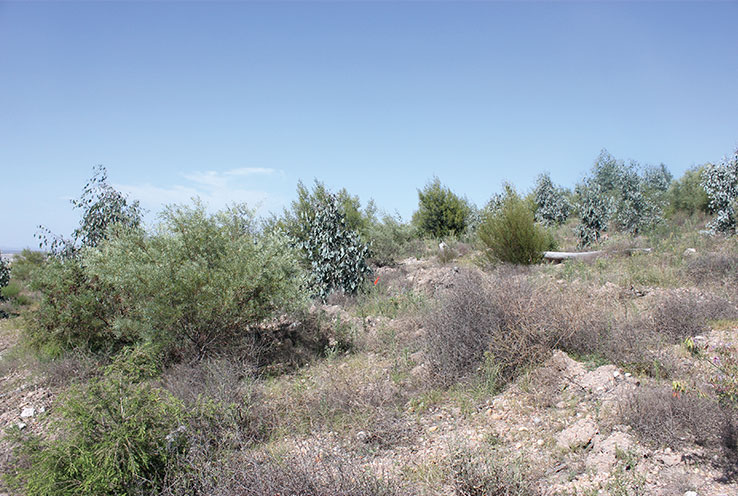
2 years after rehabilitation
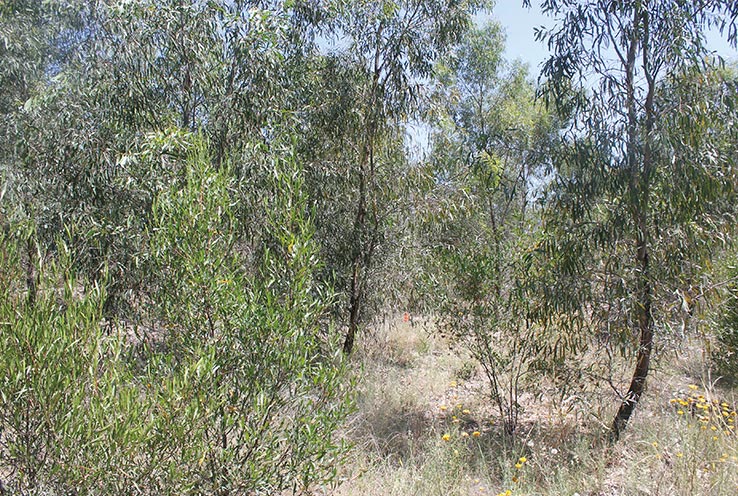
4 years have passed since rehabilitation
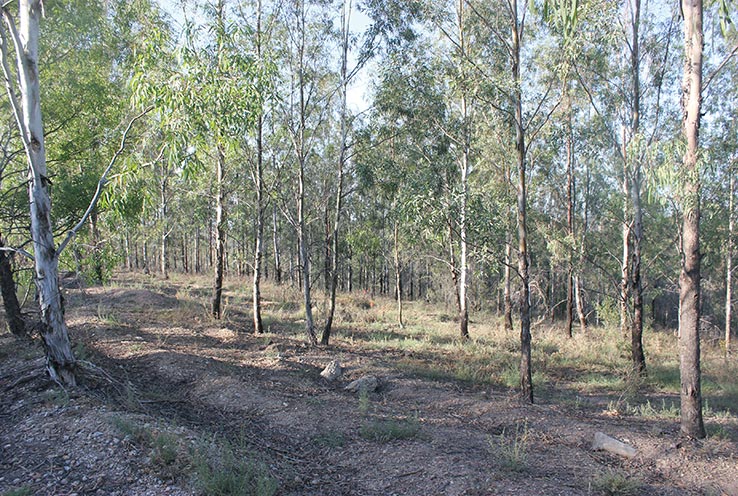
15 years have passed since rehabilitation

2 years after rehabilitation

4 years have passed since rehabilitation

15 years have passed since rehabilitation

2 years after rehabilitation

4 years have passed since rehabilitation

15 years have passed since rehabilitation
Preventing ecosystem destruction caused by alien species via ballast water
In accordance with the Ballast Water Management Convention (International Convention for the Regulation and Management of Ships' Ballast Water and Sediments), which came into force on September 8, 2017, and the IMO guidelines, we are working to prevent the destruction of ecosystems by alien species. Masu. Ballast water is water (seawater) used as weight to ensure the safety of ships. As the treaty requires vessels to be equipped with ballast water treatment systems by a set date, Idemitsu Tanker Co., Ltd. is gradually installing the systems on its managed vessels (Very Large Crude Oil Carrier). As of the end of January 2020, we have completed installing electrolysis or filter/chemical processing equipment on APOLLO DREAM and APOLLO ENERGY.
In order not to disturb the ecosystem of the waters of ports of call, we use treatment equipment to kill harmful aquatic organisms and pathogens in ballast water, and use seawater loaded as ballast water at the time of port departure and ocean seawater, which has less impact on the ecosystem. This is resolved by replacing it with.
Contributing to ecosystem conservation activities
Ecosystem conservation activities in areas surrounding Refineries/Complexes
Even before the importance of biodiversity conservation became widely talked about in recent years, our company has always been conscious of coexistence with nature when conducting business, and has carried out our business with consideration in this field.
Our Refineries / Complexes were built in the 1950s, at a time when factories began to be required to have green areas on their premises. In establishing this green belt, we have taken measures that exceed the area stipulated by law, and strive to harmonize with the surrounding natural environment.
Participation in the 30by30 Alliance

In order to achieve the goal of 30by30 *, we have been participating in the 30by30 Alliance for Biodiversity, which is made up of the Ministry of the Environment (secretariat) and volunteer companies, local governments, and organizations, since its inauguration in April 2022.
*30by30 A goal to effectively conserve more than 30% of land and sea as healthy ecosystems by 2030, with the aim of halting and restoring biodiversity loss (nature positive) by 2030.
Environmental education and awareness regarding biodiversity
We recognize that it is important for biodiversity conservation efforts to be carried out in collaboration with local community stakeholders, rather than solely by our company, from the perspective of coexisting with the local nature. We are carrying out various initiatives in various areas in collaboration with local stakeholders.
Participating in the “Corporate Forest” system (Hokkaido Refinery)
Since December 1996, Hokkaido Refinery has been using the Forestry Agency's "Corporate Forest" system, which allows corporations and other corporations to participate in the maintenance of national forests and carry out social and environmental contribution activities. The forest is managed under the name "Idemitsu Appenai Water Source Forest."
In May 2008, we newly leased 4.5 hectares of land in Tomakomai City for reforestation, and in June of the following year, we invited 102 elementary school students in the city to participate in a hands-on learning experience in planting trees such as red spruce, white birch, and double cherry tree. We planted 6,500 trees. This forest has been named the ''Idemitsu Green Natural Forest,'' which was chosen by elementary school students who participated in the tree-planting project, and will be maintained.
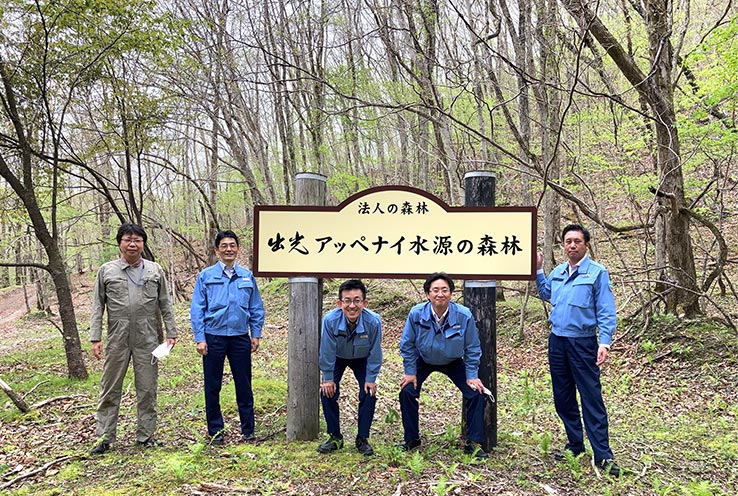


Participation in “Project that Connects Lives” (Aichi Complex)
Aichi Complex is active as a key member of the ''Life Connecting Project''*, which aims to improve biodiversity and promote the formation of ecological networks. In 2023, we participated in this project's event "LOVE GREEN DAY 2023."
*“Life Connecting Project”: An organization in which governments, companies, university students, experts, and others in Aichi Prefecture work together with the goal of increasing greenery and creating an environment where living creatures can easily live.
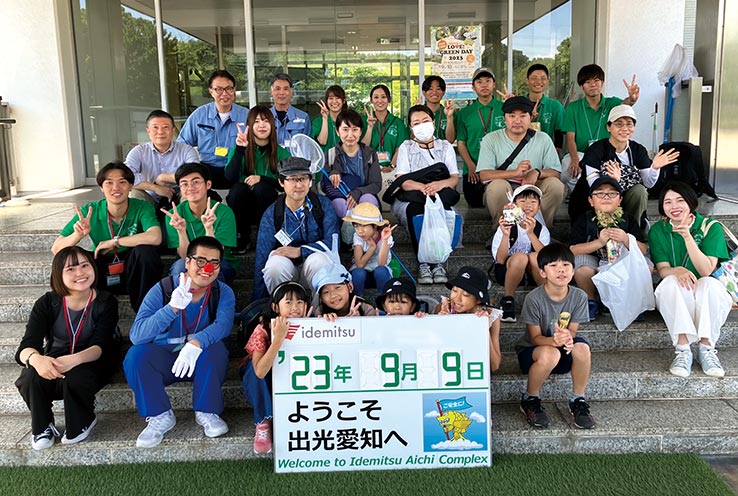
LOVE GREEN DAY 2023
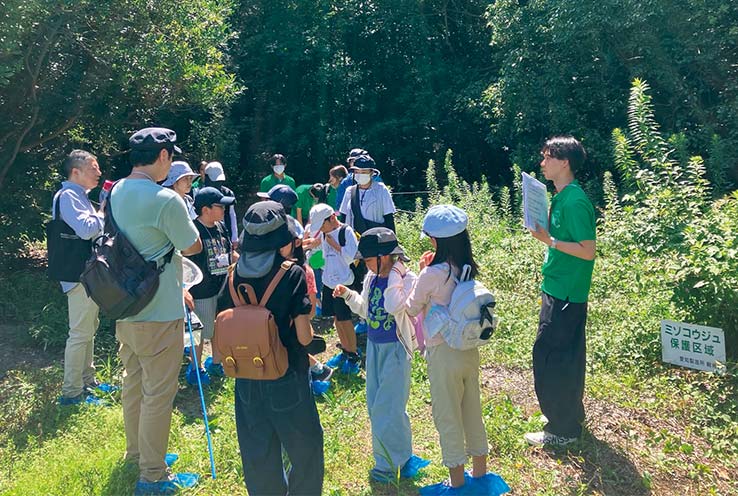

LOVE GREEN DAY 2023


LOVE GREEN DAY 2023

Participating in volunteer work to maintain crane roosts (Tokuyama Complex)
At Tokuyama Complex, we participate in volunteer activities to create roosts for cranes promoted by Shunan City every year in order to protect the long-naved cranes, which are designated as endangered species 2 and migrate to the Yatsushiro district of Shunan City in late October. We are cooperating.
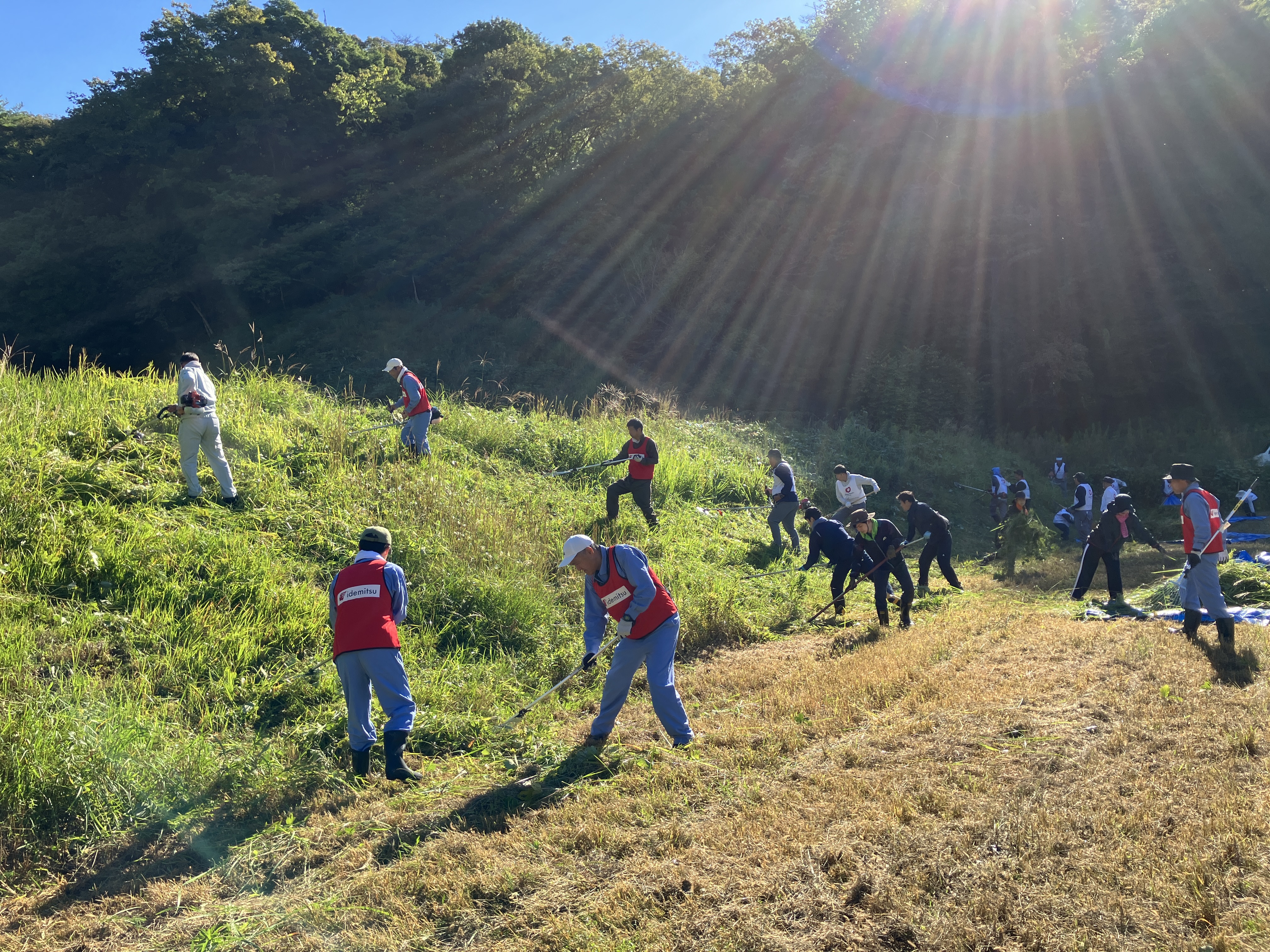
“Creating a roost for cranes”
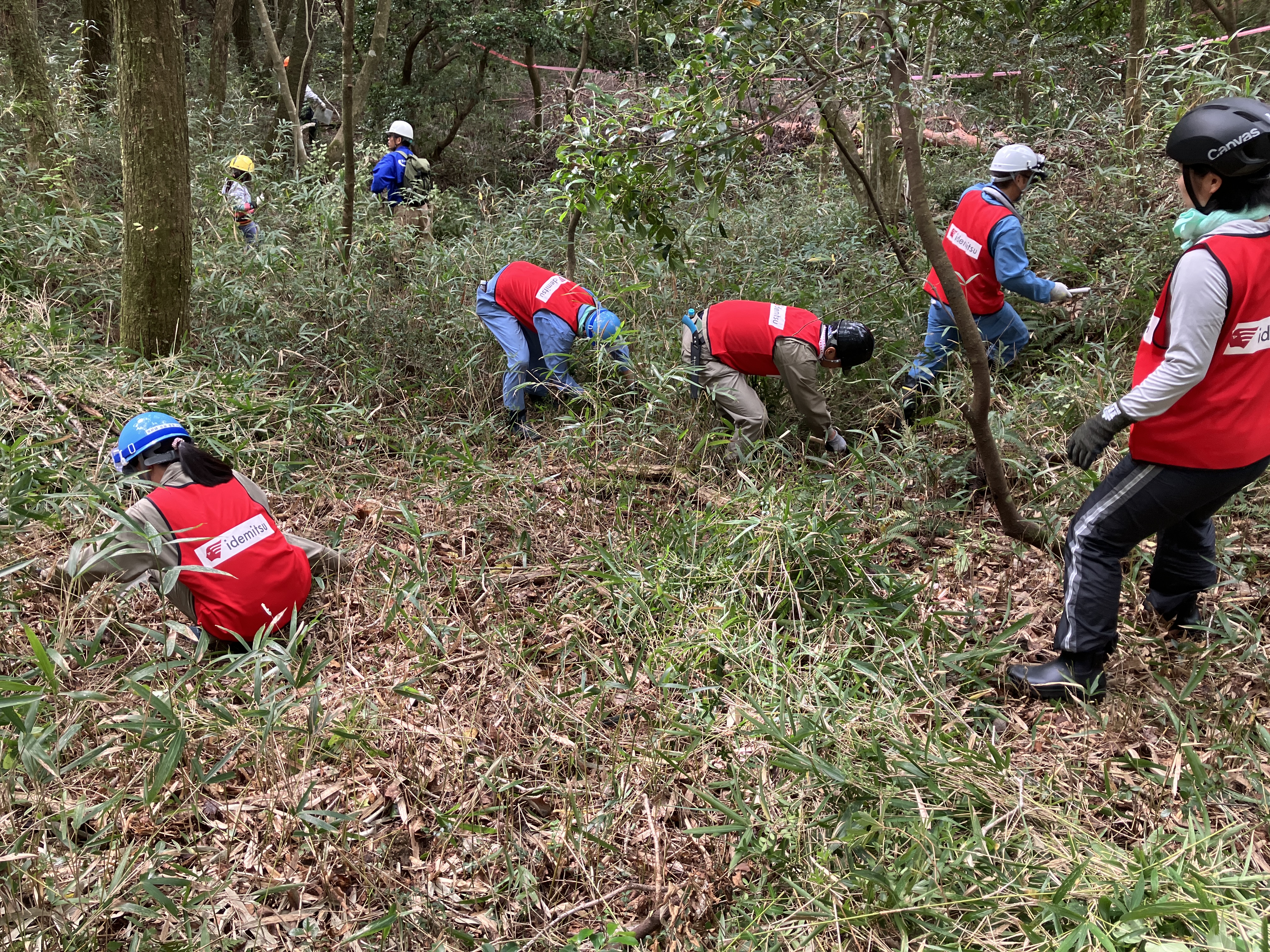
Participants in “Crane roost creation”

“Creating a roost for cranes”

Participants in “Crane roost creation”

“Creating a roost for cranes”

Participants in “Crane roost creation”
Participation in the “Aya Evergreen Forest Project” (Solar Frontier Co., Ltd. Kunitomi Complex)
The water used at Solar Frontier Kunitomi Complex comes from groundwater in Aya Town, Miyazaki Prefecture, which is known for having one of the largest evergreen forests in Japan. Since 2013, the Kunitomi Complex has been participating in Aya Town's evergreen forest protection and restoration activities, a public-private partnership, to express our gratitude for allowing us to use groundwater. On November 23, 2019, 21 employees and their families from the Kunitomi Complex participated as volunteers in the work of putting up "deer nets" to protect the budding leaves of the evergreen forest from deer damage. It was difficult to stretch the 140m-long deer net while being careful of my footing on an unfamiliar mountain trail, but while I was able to breathe in the clear air and feel the gratitude of nature, I realized the need to protect nature through human intervention. I also experienced it.
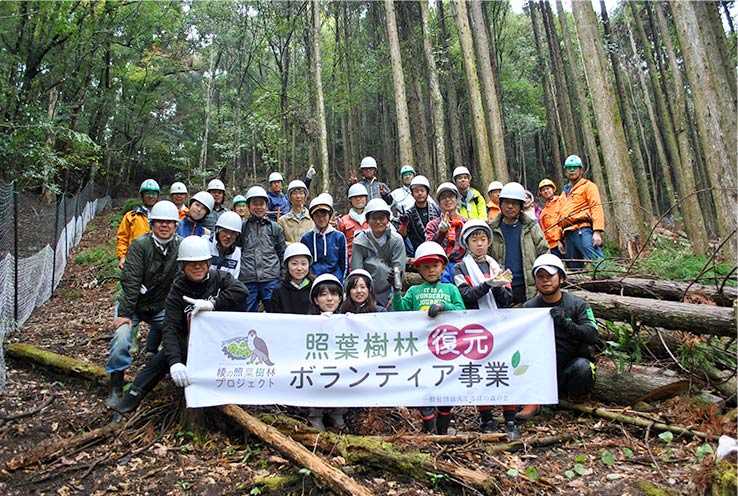
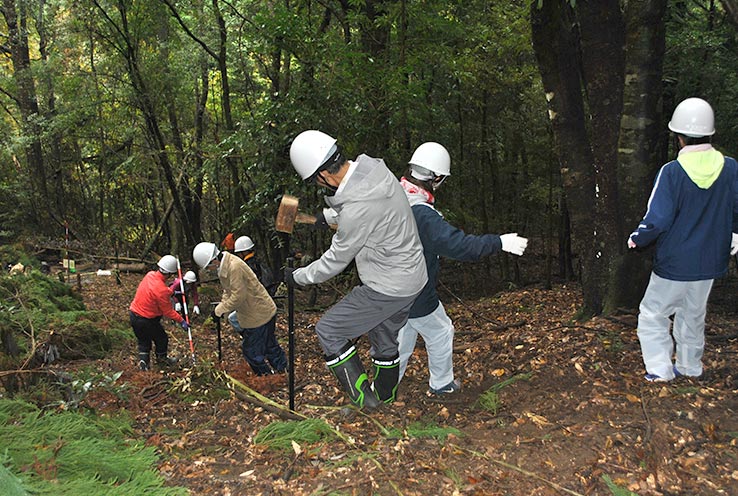




Participation in the “Tokyo Bay Restoration Public-Private Partnership Forum”
As a company located on the coast of Tokyo Bay, our company participates in the Tokyo Bay Restoration Public-Private Partnership Forum, creates evaluation indicators for Tokyo Bay restoration, and works to restore the biodiversity of Tokyo Bay through surveys related to water quality, etc. It is working.
Protection of rare species, etc.
Protection of the rare species “Mizokoju” (Aichi Complex)
When installing new equipment at Refineries / Complexes, we conduct environmental assessments and protect rare plants identified through ecosystem surveys. Currently, the rare plant ''Mizokoju'' (designated as a near-threatened species by the Ministry of the Environment), which was discovered during the construction of equipment at Aichi Complex is protected in a protected area.
Conservation of native Haskap species (Hokkaido Refinery)
At Hokkaido Refinery, we are collaborating with the local community by participating in the Haskap Bank, which aims to protect, conserve, and cultivate Tomakomai's native Haskap Resources, as well as acquire and refine related technologies.
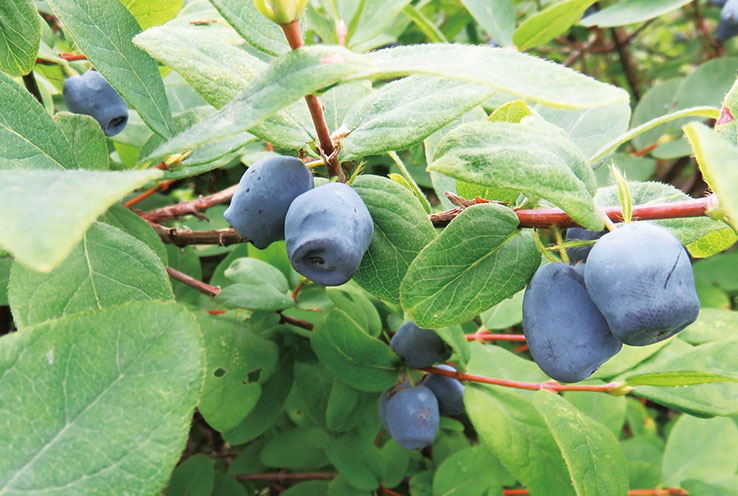
Haskap (Tomakomai native species)
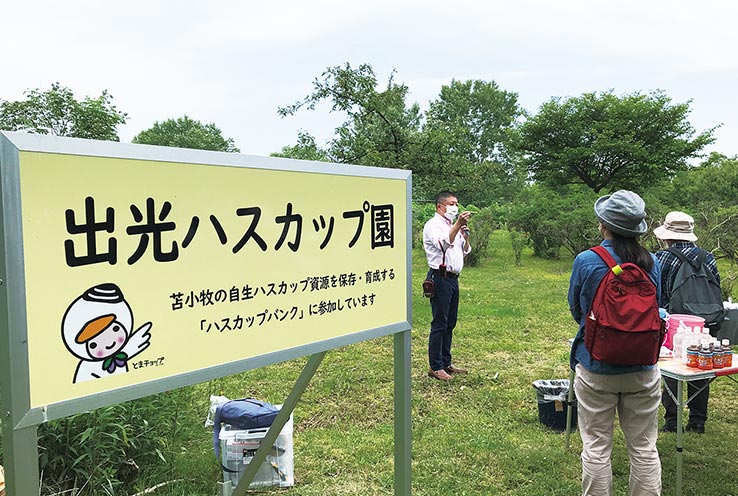
Idemitsu Hascup Garden

Haskap (Tomakomai native species)

Idemitsu Hascup Garden

Haskap (Tomakomai native species)

Idemitsu Hascup Garden
Implementation of environmental assessment
You can view an example of the environmental assessment of our Tokuyama Complex Tokuyama Plant new biomass power plant project (scheduled for commercial operation in 2022) on the website below.
Evaluation
Obtained the highest rank in the Social and Environmental Green Evaluation System (SEGES) (Hokkaido Refinery, Aichi Complex)
Our ecosystem conservation activities in the areas surrounding Refineries/Complexes have been highly evaluated by external organizations, and we have received high praise from external organizations. Hokkaido Refinery and Aichi Complex received the highest rank (Superlative Stage) out of five in the evaluation system (CGES).
In addition, Aichi Complex has been certified as SEGES's highest rank since 2016, and was recognized as a "Green Hall of Fame" in 2023 in recognition of its significant contribution to improving the value of green spaces. Specifically, efforts to improve the health of the forest cycle within the Green Belt by removing invasive species, converting native species, and creating canopy gaps, as well as efforts to restore the ecosystem network in collaboration with the government and students, were highly praised. It has been. This is the 10th company green space in Japan to be certified as a Green Hall of Fame, and the first Motouri Refinery in Japan to be certified as a Green Hall of Fame.
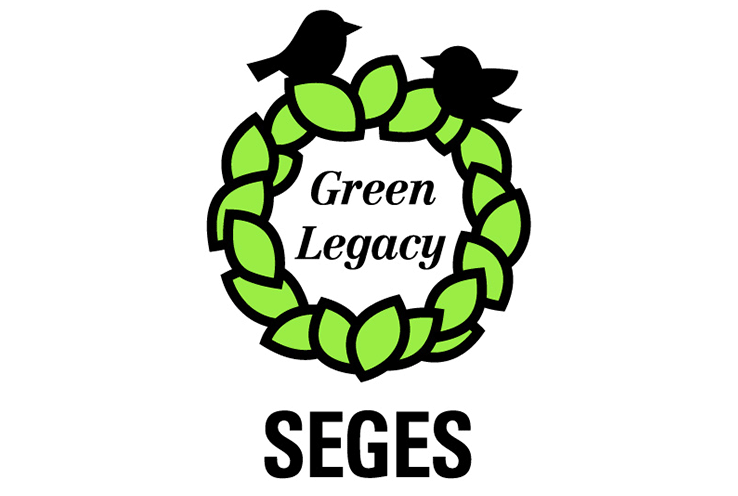
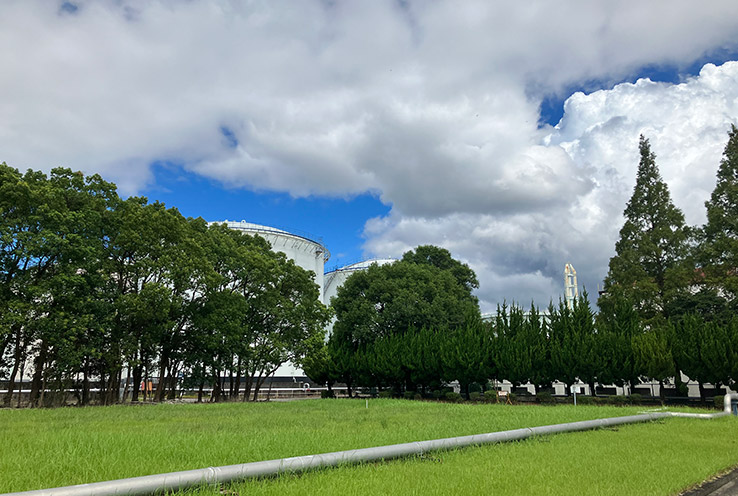
Aichi Complex Green Belt


Aichi Complex Green Belt


Aichi Complex Green Belt
SEGES evaluation points
1. Permanence of land use: There is a system that allows greenery to exist and continue to exist.
2. Green space management: The process by which green spaces are created, protected, and nurtured is clear.
3. Demonstration of green space functions: Green spaces contribute to society and the environment.
4. The future potential of green spaces: There are ideas and attitudes regarding the form of green spaces that contribute to society and the environment, as well as the progressiveness and uniqueness of initiatives that drive the creation of a green society.
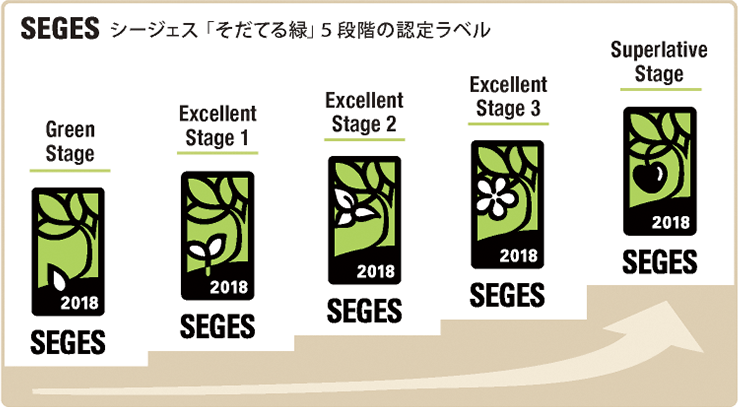


Certification as a site in harmony with nature (Hokkaido Refinery)
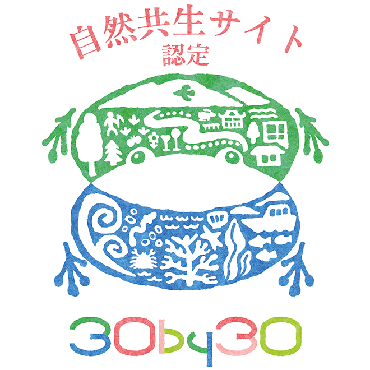
Towards the realization of 30 by 30, the country (Ministry of the Environment) is building a system in which areas where biodiversity is being conserved through private sector initiatives will be certified as '' Hokkaido Refinery harmony with nature.'' has been certified as a ''Nature Symbiotic Site.''
Since its operation in 1973, Hokkaido Refinery has been practicing green space management that harmonizes with the surrounding natural environment with the aim of becoming a ''green park factory,'' and now, after 50 years of operation, a forest inhabited by a variety of flora and fauna has formed. It has been. In the green space on the campus, we are conducting community contribution activities such as opening the row of cherry blossom trees to the public, participating in the nature experience event ''Biological Survey Team'' for elementary school students, and participating in the protection and cultivation of wild haskap.
The certified areas, excluding areas that overlap with protected areas, are scheduled to be registered in an international database as OECM (areas that contribute to biodiversity conservation outside of protected areas).